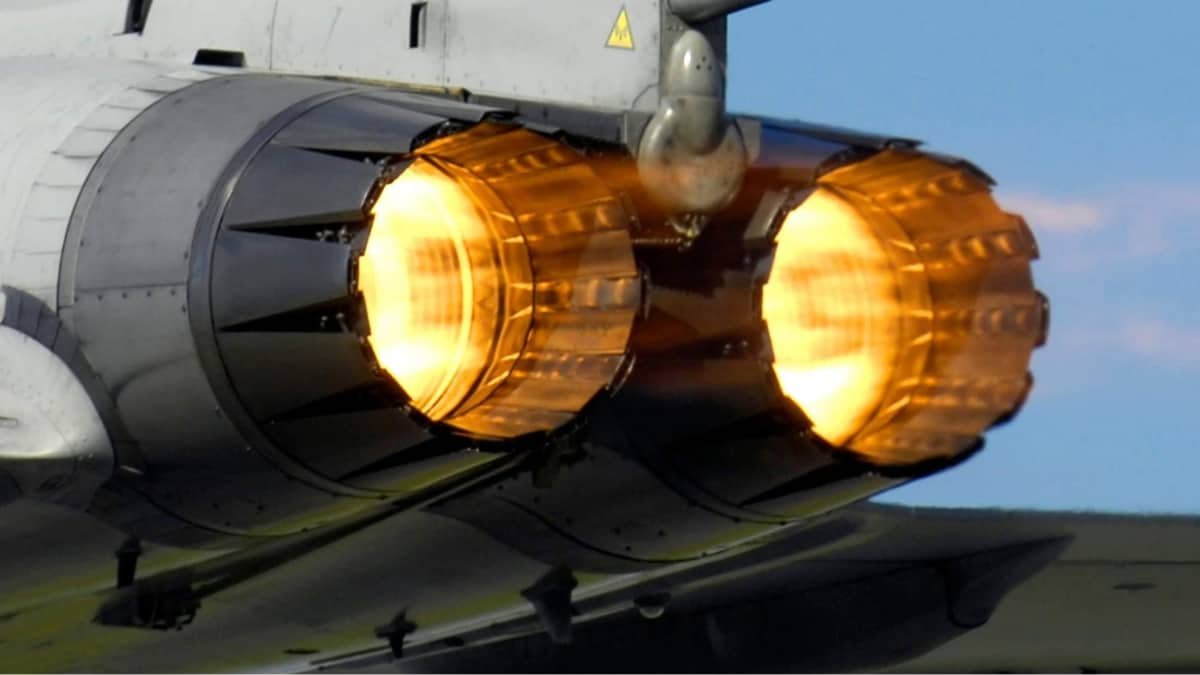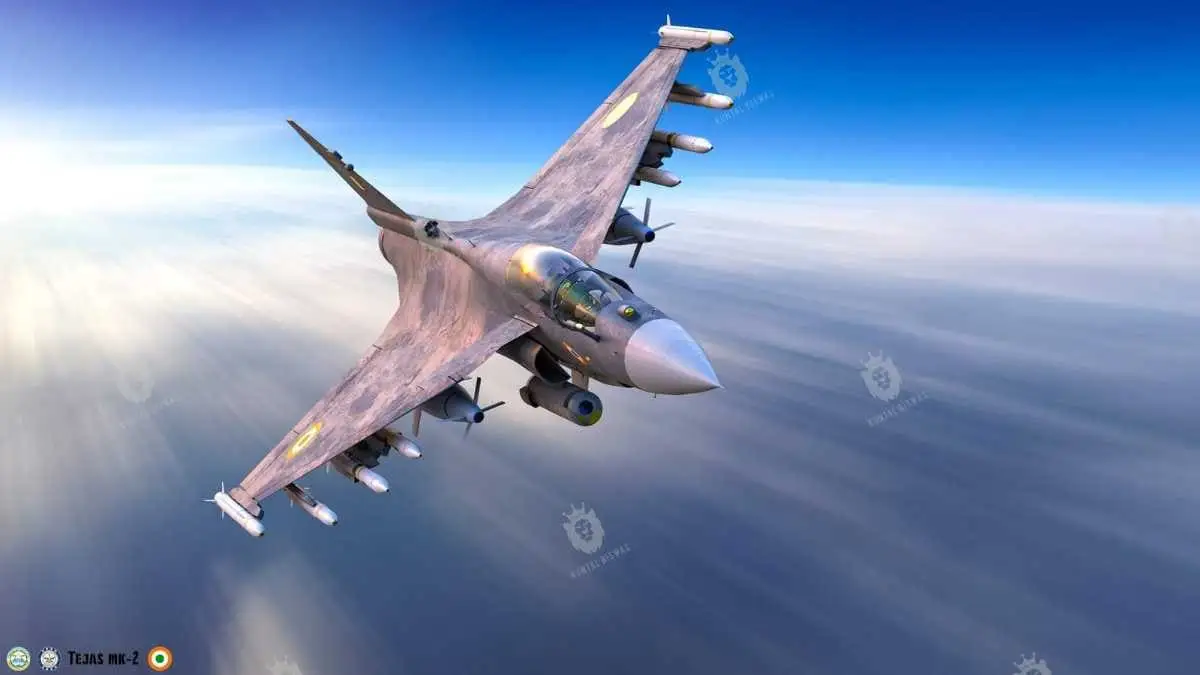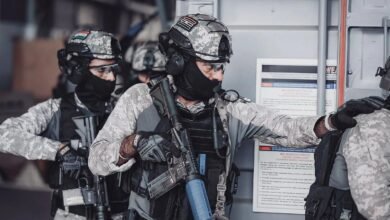Overview: GTRE-SAFRAN Engine Deal & Future Scope

Hello defence lovers! The Gas Turbine Research Establishment (GTRE), a lab under DRDO and the French engine manufacturer Safran will enter a joint venture to develop a 110-125 kN engine that will power the 5.5 generation AMCA fighter jet. The new engine will be based on the Snecma M88, a French afterburning turbofan engine that was developed initially for the Dassault Rafale fighter jet.
The engine will be a heavily upgraded version of the existing M88 engine. The AMCA mk1 will be powered by the GE-414 engine and the AMCA mk2 is planned to be powered by a more powerful indigenous engine. This engine is most likely to be developed in collaboration with Safran. The engine will get a new core section and is likely to get a completely new afterburning section. According to the projected timeline, the engine will start testing in 2028 aboard a French Rafale aircraft. If testing is successful, the engine configuration will be frozen in 2029 and might enter production sometime that year. The engine will undergo rigorous testing and safety certifications before it is cleared for production.
General Specifications of the M88 Engine
| Type | Afterburning Turbofan |
| Length | 353.8 cm |
| Diameter | 69.6 cm |
| Dry Weight | 897 kg |
| Compressor | Axial, 3 Stage Low Pressure and 6 Stage High Pressure |
| Combustors | Annular |
| Turbine | 1 Stage Low Pressure and 1 Stage High Pressure |
| Maximum Thrust (Dry) | 50kN |
| With Afterburner | 75kN |
| Fuel Consumption | 3,977 kg/h |
| With Afterburner | 12,965 kg/h |
| Thrust to Weight Ratio (Dry) | 5.68 : 1 |
| With Afterburner | 8.52 : 1 |
Failure of The Kaveri Engine
In 1986 the Ministry of Defence sanctioned a project to develop an indigenous engine for the LCA Tejas fighter jet program. It was to be developed with the intent to replace the GE-404 afterburning turbofan powerplant that would be installed on the LCA Tejas prototypes. This program was assigned to the Gas Turbine Research Establishment (GTRE). The first prototype GTX37-14U afterburning turbojet ran for the first time in 1977 making it the first engine that was developed completely in India. The GTRE then decided to go with an after-burning turbofan. This project was sanctioned in 1989 at an expected cost of ₹3.82 Billion. GTRE continued developing the engine and developed 9 prototypes of the Kaveri engine and 4 prototypes of the core engine (Kabini).

In the 2010-11 annual report it was reported that the cost of the Kaveri engine program had reached a whopping ₹18.92 Billion. Further, it failed to meet the program objectives, with only two milestones out of six achieved. The engine was grossly overweight and no significant progress was made on the development of the compressor and turbine sections of the engine. The relevant engine control systems were never developed giving it little to no engine control. The main reasons attributed to the failure of the Kaveri engine program are extremely unrealistic program objectives, protracted development time, cost overruns, and DRDO’s lack of clarity and openness in admitting problems.
A program that was supposed to cost ₹3.82 Billion ended up costing ₹18.92 Billion, almost 5 times the initial budget. The fact that we are considering signing a €1 Billion deal with the French manufacturer Safran to jointly develop a 110 kN engine is a painful reminder that we were unable to develop a jet engine even after years of development and a huge budget. We have developed scramjets, ramjets, and even rocket engines but we were unable to develop a fighter jet engine. Had the budget been managed efficiently we wouldn’t have to see this day.
Future Scope
The M88-2 engine powers the French Rafale fighter jet. The same engine is also equipped on the IAFs (Indian Air Force) Rafale aircraft. This will lend a commonality to these platforms, thus enabling efficient maintenance and overhaul. The same engine may be modified and then integrated into the TEDBF to provide a commonality between the engines and reduce the overall cost of the TEDBF program. GTRE plans to develop multiple versions of the same engine with different specifications for different applications that may arise in the future.
The modified engine may also be integrated into the Tejas mk2 or the MWF at a later stage. The engine can be modified based on the thrust requirements of the Tejas mk2 and the TEDBF. This engine can also be used for the AURA program thus bringing down costs as there is no need to go with a foreign engine to power the AURA at a later stage if the development of a dry variant of the Kaveri engine fails for some reason. The Kaveri engine program is left hanging in the air due to the recent Russia-Ukraine war and the fact that India has no flying testbed, setting back the project timeline significantly. This can be a viable failsafe in case something goes wrong with the Kaveri engine. It can be also used to power the FUFA (Future Unmanned Fighter Aircraft) that is being developed by the Aeronautical Development Establishment (ADE).










